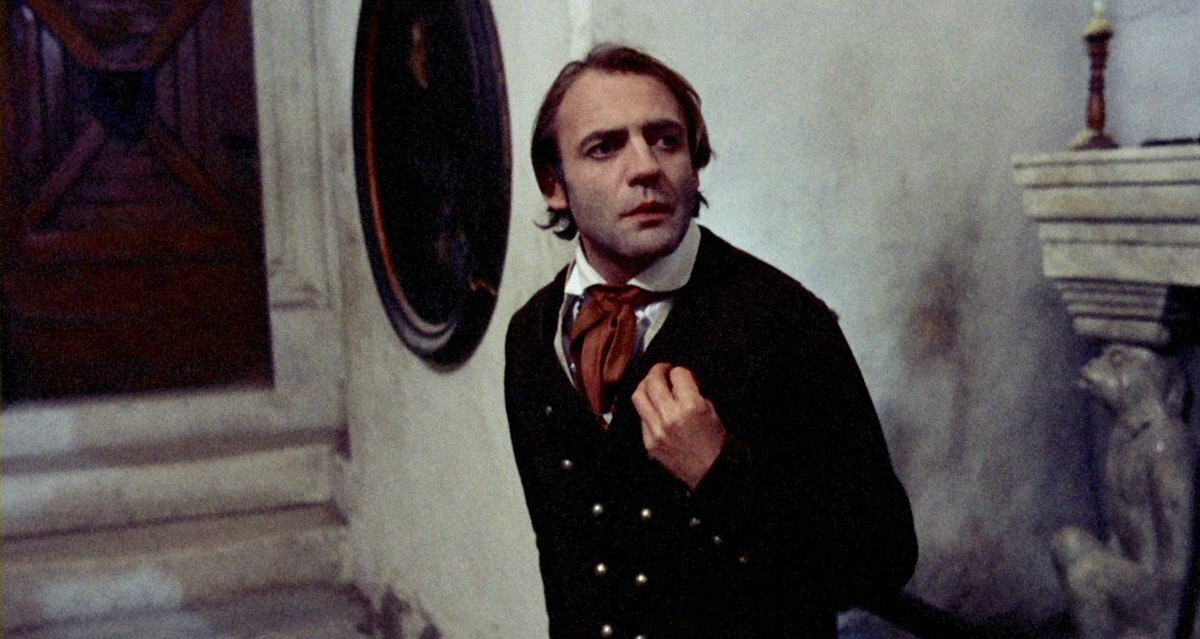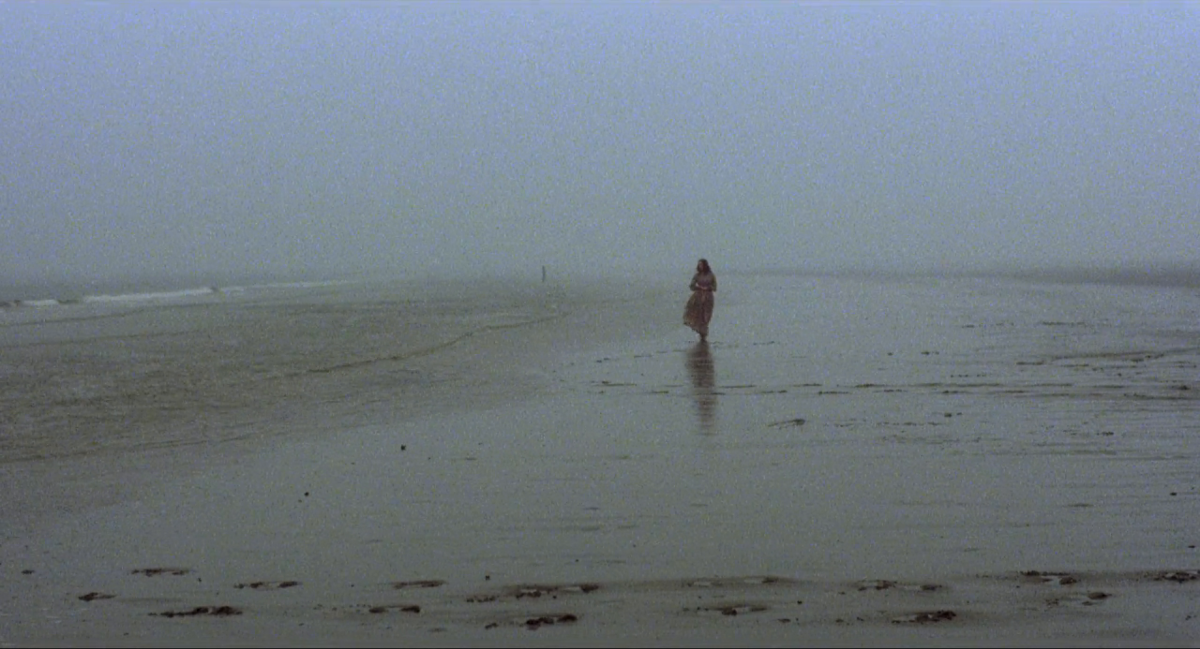Nosferatu - Phantom der Nacht | West Germany/France | 1979 | Directed but Werner Herzog
Logline: Logline: A real estate agent is sent to a distant buyer to close the deal, but becomes a pawn in the buyer’s dark agenda to possess the man’s wife.
When German maverick Werner Herzog took it upon himself to direct a remake of what he felt was one of his country’s most important feature films ever made he delivered a portrait just as richly atmospheric, but burnt with a melancholy that sears itself on the viewer’s soul.
Herzog’s Nosferatu is a re-imagining of F. W. Murnau’s silent masterpiece; an adaptation of Bram Stoker’s Dracula that doesn’t have to hide behind the guise of changed character names, as the 1922 original did, although curiously Stoker’s novel is again uncredited. Klaus Kinski is Count Dracula, Isabelle Adjani plays Lucy, Bruno Ganz plays Jonathon Harker, Roland Topor plays Renfield, Walter Ladengast plays Dr. Van Helsing, Martje Grohmann plays Mina. Curiously Herzog’s swaps the novel’s roles of Lucy and Mina.
Herzog wrote, produced and directed, and had two versions of the film shot simultaneously: one in his native German tongue (Phantom of the Night), and one in English to appease 20th Century Fox who were distributing it internationally (Herzog considers the German-language version to be the more culturally authentic).
The narrative floats and drifts like an ornamented funeral barge; dark and macabre, the mise-en-scene blanketed with a shadowy grandeur and desolate beauty; like the white-grey beach that Lucy finds herself wandering along after Harker has gone on his mission to assist the Count in his move from Transylvania to their home town of Wismar. It’s a film lost in time that transcends the ages, haunted and etched.
The three leads are perfectly cast and inhabit their characters effortlessly; Adjani and Klaus are like a strange reflection, immaculate porcelain skin, eyes wide and dark, and full lips, yet they make for a most powerful dual visage: the juxtaposition of pure innocence, elegance and pulchritude against deep-rooted lust, evil and grotesquerie. All the sound in the movie was dubbed in post-production, which adds a heightened theatricality. Much of the cinematography was shot using available light (adding grain and soft focus), and almost the entire movie was filmed on stunning locations in Europe (Netherlands, Slovakia, Czech Republic, Germany), with the exception of the mummies in the opening scene, which was shot in Mexico.
This is definitely one of Herzog’s most powerful and evocative films - yet as a horror movie, it is a surprisingly rare creature; intensely languid, devoid of any gore (almost bloodless), nudity, or profanity. A haunting soundtrack, courtesy of Popol Vuh and Florian Fricke, tightens the embrace, for there is something deeply affecting about this particular tale of bloodlust. The theme of supernatural possession mirrors a strangely human experience of loneliness and longing; spectres of sex and death whispering close enough to make the hairs on your back bristle. An overwhelming Gothic presence that creeps under the skin and crawls like a pestilence, yet soft and dreamy, that stirs and yearns and echoes across the mountain steppes.
Although Herzog uses Stoker’s characters names he follows Murnau’s version of events more closely, but changes the very end significantly, departing from both Murnau’s film and Stoker’s novel. It is a curious direction, and one which bothered me years ago, but viewing again in the movie’s fortieth year, I am most accommodating of its cyclical - immortal - narrative.
Pour yourself a finger or three of very old special pale, and then open the window to let the cool breeze waft through the moonlit room, allowing the children of the night to slide their phantom arms around your shoulder, pulling you closer until you’re shrouded in the darkness of the undead … The music is sickly sweet.





